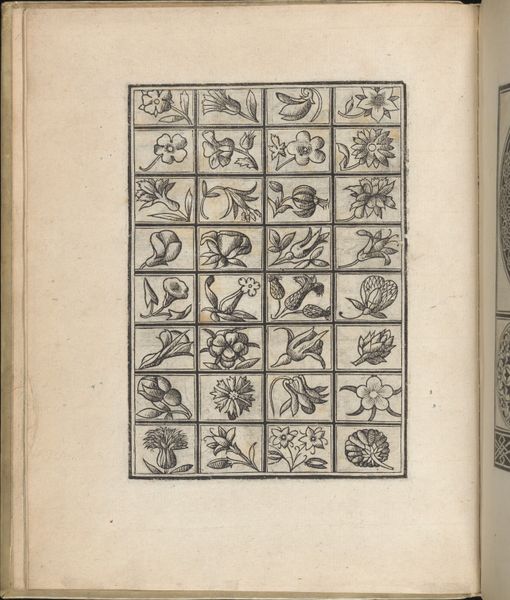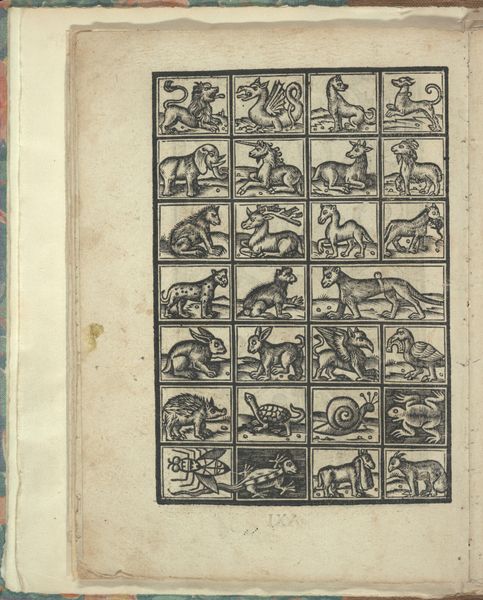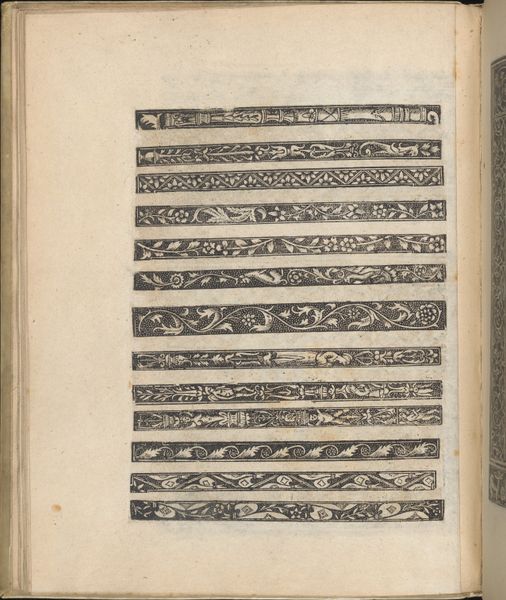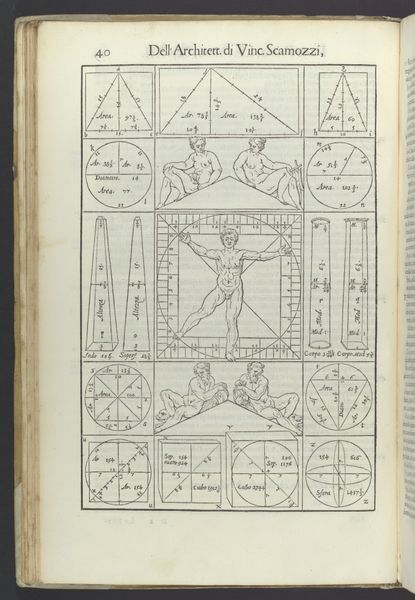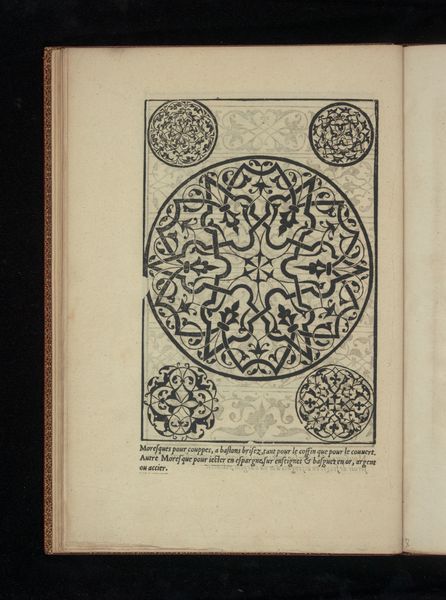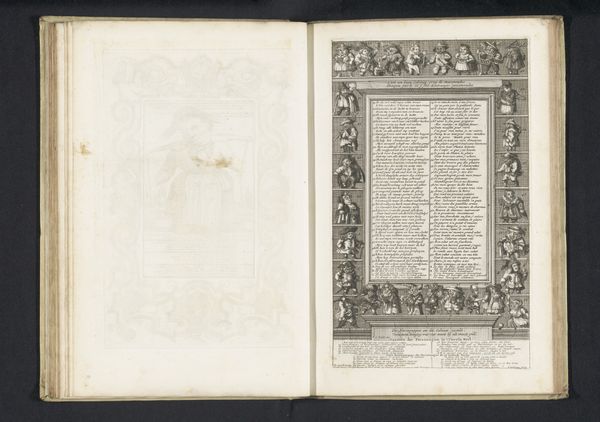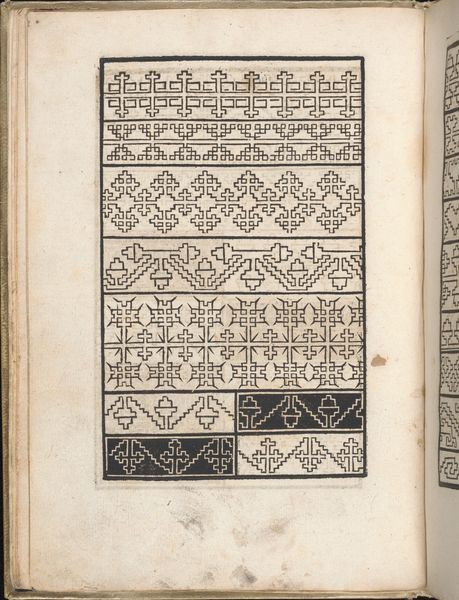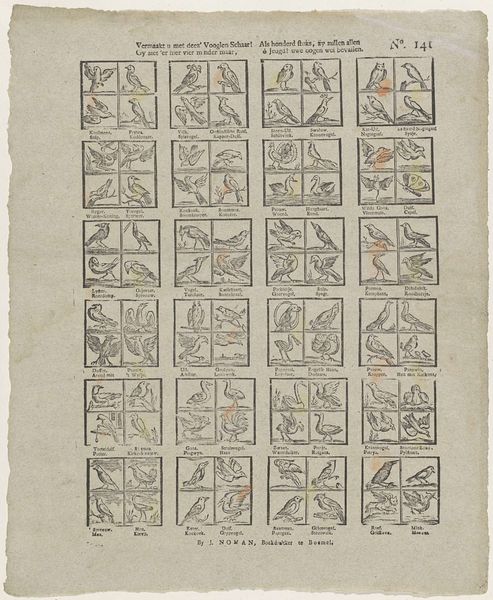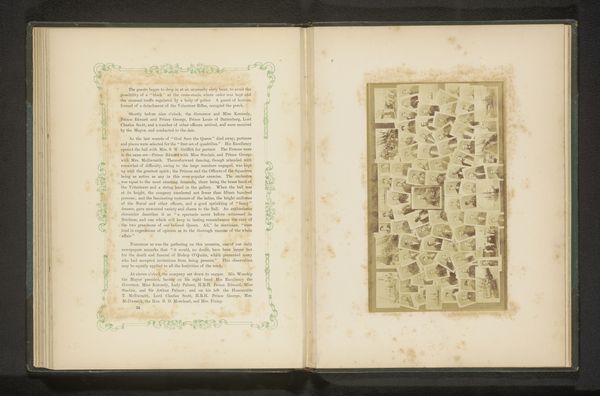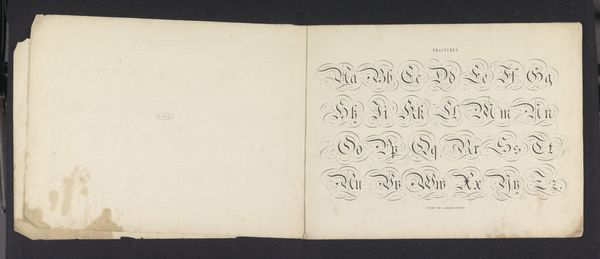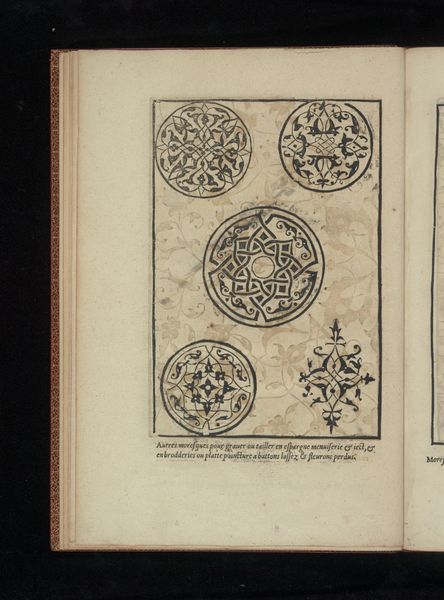
drawing, print, paper, ink, woodcut, engraving
#
drawing
# print
#
figuration
#
paper
#
11_renaissance
#
ink
#
geometric
#
woodcut
#
engraving
Dimensions: Overall: 5 5/16 x 4 5/16 x 13/16 in. (13.5 x 11 x 2 cm)
Copyright: Public Domain
Curator: Before us is an open book. "De Arithmetica," dating back to 1491, printed from woodcuts on paper. Flippo Calandri is credited as the creator of this fascinating early printed work. It resides now in the collection of the Metropolitan Museum of Art. Editor: Hands! It’s a catalog of hands gesturing. Reminds me of those old textbooks on how to signal trains or something—methodical and slightly unsettling. Like being taught a secret language no one remembers. Curator: Precisely! This "arithmetica" presents a system of hand gestures for representing numbers. Look closely; the placement and configuration of the fingers denote specific numerical values. A standardized gestural arithmetic used by merchants and traders. Editor: Amazing—visual arithmetic as performance and body language. It suggests a shift in how numbers could be made tangible, embodied in commerce itself! Think of the labor involved—the carver painstakingly cutting each block, the printer…each sheet rolled by hand. A dance of repetition, really, echoing the repetitions in the gestures themselves. Curator: And consider the socio-economic implications! Such instructional books aided the burgeoning merchant class. Arithmetic became more accessible to a wider segment of society. Woodcut as medium here makes a virtue out of necessity too; prints disseminated more readily than hand-copied manuscripts. The material conditions directly impacted knowledge dissemination. Editor: There’s also a strange beauty. Like musical notation—these abstract signs creating a harmonious pattern of commerce or perhaps competition. Do you think Calandri had any awareness of this implicit elegance within the transactional sphere, of arithmetic hand signals as if he’s recording fleeting choreographies of daily dealings? Curator: Calandri was providing an instruction manual, Editor, a crucial toolkit. But the book today allows a window to a time when the human body factored more intimately in everyday transaction—the feel of money passing from palm to palm, echoed here in these counting gestures fixed upon the printed page. Editor: Mmm, and even now it makes you consider where all of our digital actions are, how the gesture, or a form of symbolic embodiment, becomes the only true form of exchange or of life even…Interesting! Curator: A truly revealing, tactile, and innovative means of material production.
Comments
No comments
Be the first to comment and join the conversation on the ultimate creative platform.
